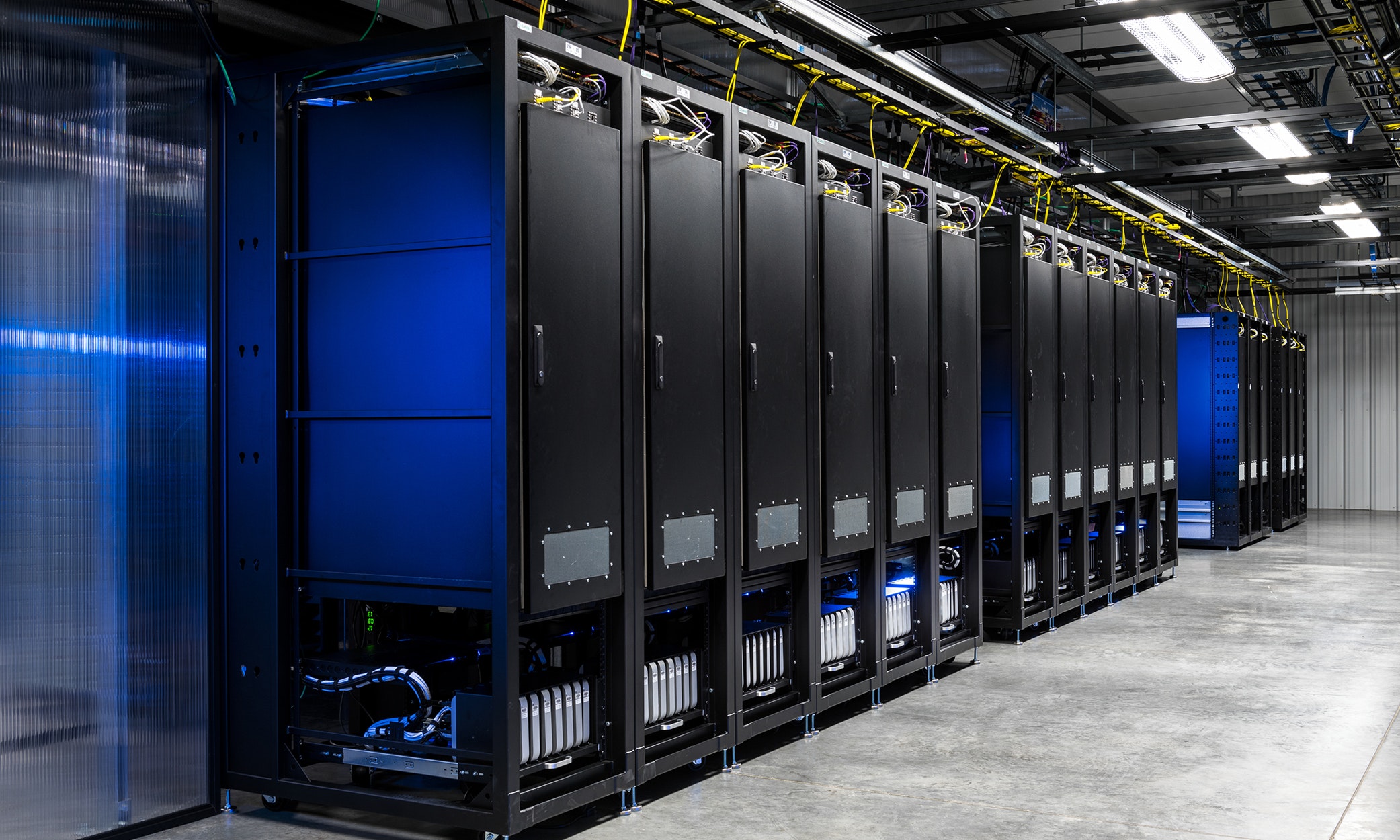Business Tech
The case for co-location in SA
Shared space for computer hardware is booming worldwide, but South Africa has an added reason for this demand, writes ANDREW CRUISE, MD of VMware Cloud provider Routed.
Colocation facilities (colo), where businesses can rent space and power for servers and other computing hardware, are mushrooming in South Africa. Facilities like Teraco, Vantage, NTT, and ADC have opened and grown in recent years due to increasing demand from enterprises suffering from continued loadshedding.
But what are the benefits?
The biggest drawcard of colo facilities worldwide is the specialised services they offer. These providers have expert facilities managers who have skills in security, power, and cooling – which few enterprises will have in their own data centres. This division of labour lowers risk and addresses many of the concerns enterprises have in running their own data centres.
The second reason for the growth in colo is connectivity. The better colo facilities have free peering points as well as private exchanges that serve as onramps into local and hyperscale cloud providers. The prevalence of good value, fast and reliable connectivity into the data centre now makes colocation an acceptable option.
In South Africa, of course, there’s a third – and very important – reason: colo offers reliable power during rolling power cuts.
Enterprises using cloud also get these same benefits, reducing and segregating the operational risk by not having to rely on employees to manage the infrastructure. VMware Cloud, for example, offers migration tools as part and parcel of the solution.
And the pitfalls
Enterprises using owned hardware in colo benefit from this reduced risk, flexible connectivity, and reliability. But of course, you pay for it. This means it’s not for everyone, but for those who do go the colo route, the pricing is at least very predictable.
There are several examples in developed countries of unexpected overspending running wild following the move of traditional IT operations-based infrastructure into hyperscale cloud. This has led to repatriation onto owned infrastructure or private cloud offered by local cloud operators with predictable price models. But in South Africa, we have the benefit of learning from such overseas mistakes.
Without going the overspending route, we already know that the next step is migration onto the cloud, with a combination of hyperscalers such as AWS or Azure and private cloud solutions such as VMware. And, for those currently running their own data centres, a colo solution to boot. This means more predictable pricing, a cloud solution suited to each particular workload, as well as reduced risk and improved connectivity and reliability.
Finding the right balance
Of course, the most important condition for colo and cloud to be viable is fast, reliable, cheap internet – typically provided by fibre optic cable. Fibre has finally penetrated all South African metro areas, making colo and cloud sustainable solutions. Realistically, most enterprises will benefit from not just choosing between colo and cloud, but a combination of both – and using multiple cloud providers.
Overseas examples, unfortunately, have made people reasonably sceptical of cloud hyperscalers. The internet is littered with case studies of enterprises failing to complete the migration to hyperscale cloud due to operational difficulties after replatforming traditional workloads. Again, we get to learn from their mistakes: moving everything onto a hyperscale cloud seems like a straightforward solution, but the reality is that every cloud provider is not fit-for-purpose for every app.
Picking a single platform to keep things simple can mean suffering performance or commercial problems. Using multiple providers introduces complexity to your final solution, but each set of workloads will be in an ideal place. It’s crucial to choose the right environment for the right app. For this reason, that first step into a colo data centre is easier to swallow than a full migration onto cloud, and a good way to get started as it frees resources to plan and execute further app migration.
Security considerations should be overarching when looking at any kind of hybrid or multi-cloud solution. Combining colo and cloud in a well-connected data centre should facilitate fast, secure, private extension between owned hardware and private and public cloud.
There is no one solution for every enterprise. Many enterprises need to be responsible for their own hardware for security and compliance reasons, making colo and cloud not viable for certain workloads. The key is to do an audit of your enterprise’s workloads and find the ideal solution for each – whether that’s colo, cloud, running your own data centre, or a combination of all of the above in different measures.















